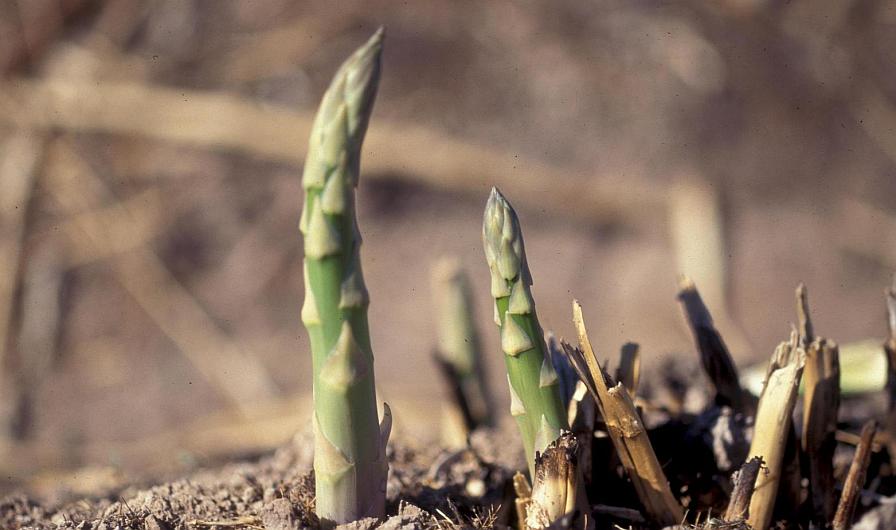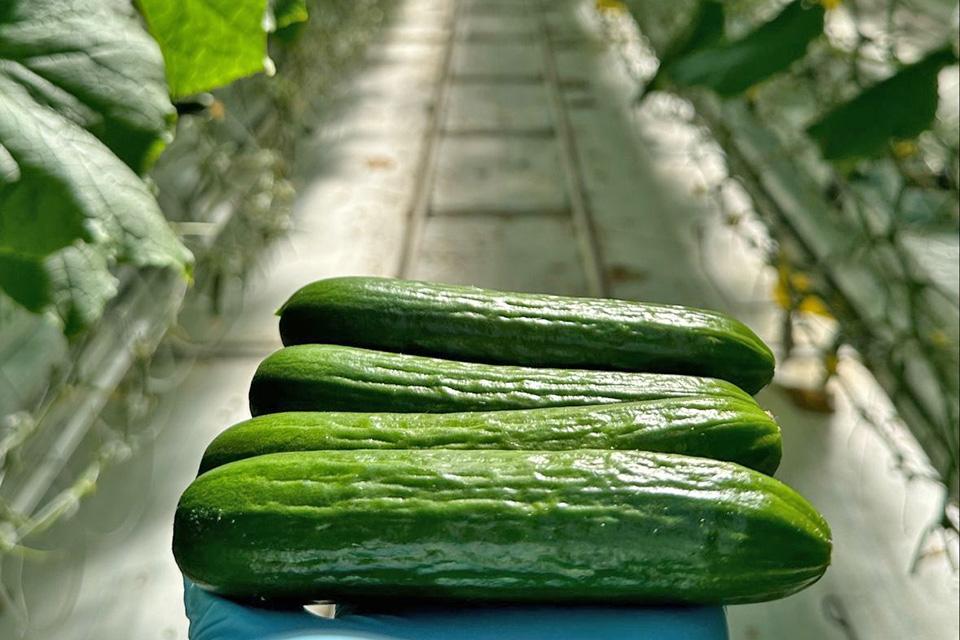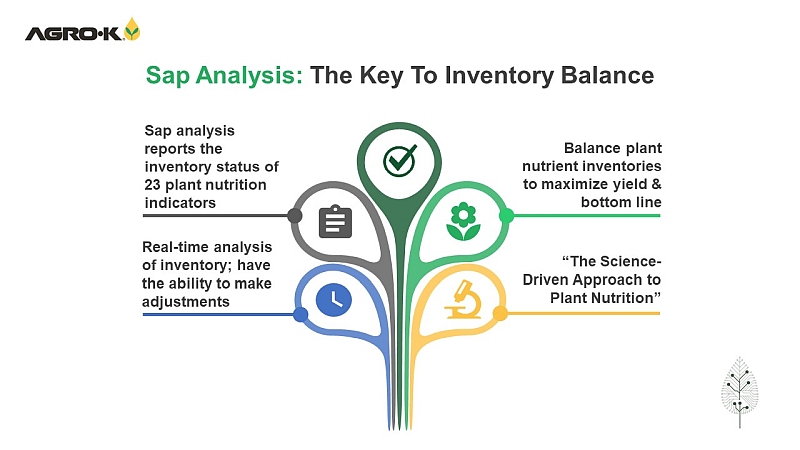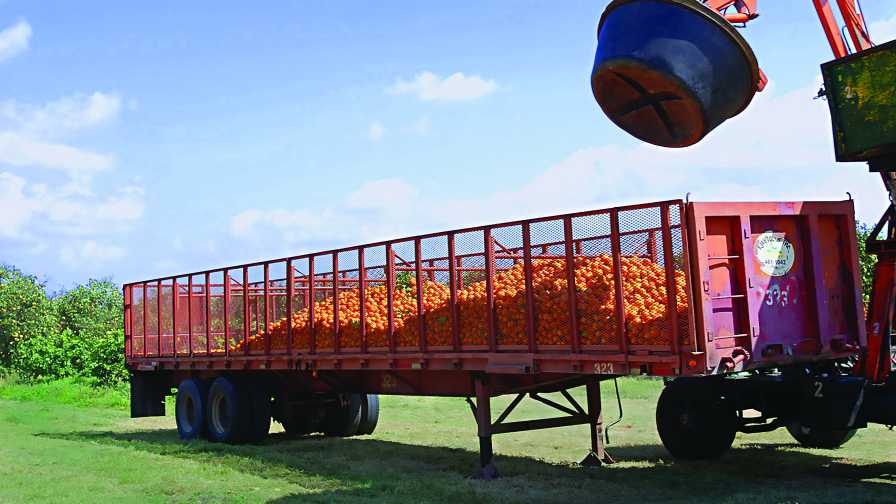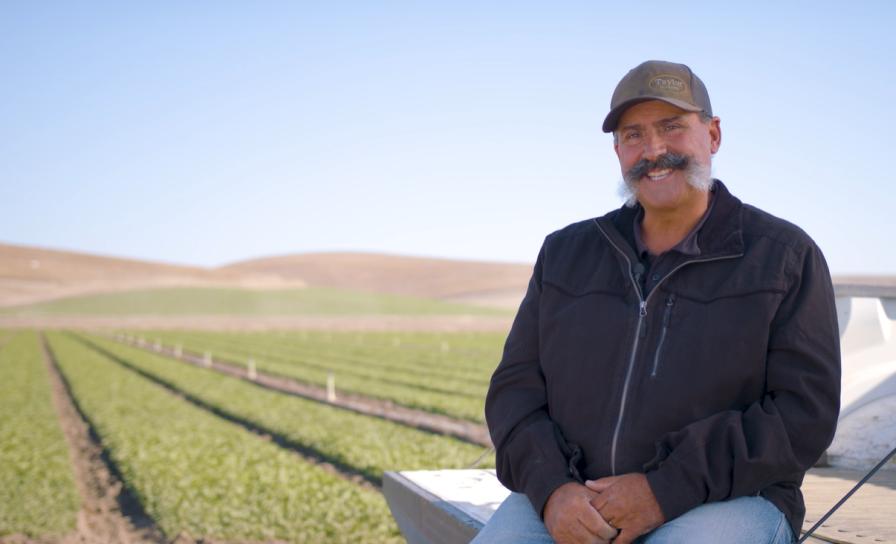VineBalance Reduces Nitrogen Applications In Grapes
VineBalance, a New York Farm Viability Institute (NYFVI)-funded collaboration between grape growers and experts at Cornell University, is giving growers a valuable tool to help lower production costs and protect the environment. VineBalance, a five-year-old Agricultural Environmental Management program coordinated by Cornell’s grape specialists, has helped nearly 100 juice and winegrape growers reduce nitrogen applications by 40%. That translates into nearly half a million dollars in reduced fertilizer costs and helps make the state’s grape industry more sustainable.
“Sustainability is getting to be a key thing, and I think that question comes up more and more when consumers ask (about how the grapes are grown),” says Jim Bedient, president of the New York Wine Grape Growers Association. Bedient’s group joined the NYFVI in funding the project, which also received grants from the Northeast Center for Risk Management Education and the Lake Erie Regional Grape Program.
Cornell Senior Extension Associate (and former American/Western Fruit Grower “Vine Lines” columnist) Tim Martinson is the project leader on VineBalance. He agreed with Bedient that sustainable practices give growers a leg up when marketing their products. “There are marketing imperatives here that have also been big drivers of people seeking sustainable practices,” Martinson says. “The Concord (grape) producers in western New York, a lot of them grow for the Welch’s cooperative, and their product is sold in large retail national outlets. One of those is Walmart. One estimate I saw was Walmart probably sells a third of all the Welch’s grape juice sold in the country.
“A major emphasis for (Walmart) is sustainability. They’re asking suppliers to prove they’re using sustainable production practices. Walmart is a huge player.”
A large section of the Arkansas-based retail giant’s Web site is devoted to its efforts to promote sustainability and reads, in part, “Our opportunity is to become a better company by looking at every facet of our business — from the products we offer to the energy we use — through the lens of sustainability.”
Jay Hardenburg, Eastern region manager for the National Grape Cooperative, which markets under the Welch’s label, said that marketing advantages are just one benefit of adopting sustainable practices. “At this point, we’re doing it because it’s the right thing to do, and our members will see benefits in the long term,” Hardenburg says. “If there is a marketing advantage, so much the better.
“Some of the longer-term benefits include simply keeping the land more productive for the long term so (growers) will have the opportunity to be competitive in future years and maybe transfer the farm to a future generation.”
Scott Osborn, who grows grapes for wine at Fox Run Vineyards in Penn Yan, in New York’s Finger Lakes region, says “sustainability” is more than a buzz word; it is a way of communicating his operation’s commitment to the environment. “It gave us a term that we could use, which is very important in terms of talking to the customer,” Osborn said. “What I said before was that I live on the property, and I have to be careful because I don’t want to kill myself. And if I chose to leave it to my children, I want to leave it in as good a condition as possible.
It’s A Business
VineBalance is rooted in efforts to make vineyards more efficient that date back at least to the 1980s, Martinson says. The movement received a major impetus in the 1990s when Soil and Water Conservation specialists in Yates County started looking at ways to protect Keuka Lake from possible runoff from nearby farms.
“People had done a lot of work on (contamination from) feedlots and things like that, but they didn’t have anything that applied to grapes,” Cornell’s Martinson says. “I put together a series of four or five worksheets with Soil and Water Conservation people. A colleague from Long Island named Alice Wise got another grant from EPA, and we put (the worksheets) together to make a workbook. The farmer-led nonprofit NYFVI awarded VineBalance grants for grower outreach from 2006-2009.
The eventual fruit of Martinson’s labor was a comprehensive tool for growers titled “The New York Guide to Sustainable Viticulture Practices Grower Self-assessment Workbook.” The 126-page workbook, which is available for purchase at www.nysaes.cornell.edu, helps growers examine all phases of their operations by asking them 167 questions.
“The questions cover every aspect of the farm — from fertilization to pest management to pesticide management and storage,” Martinson says. “Each question has four possible answers rated from the most sustainable to the least sustainable. Growers select the option that most closely relates to what they do and get a score from that.”
After a grower examines what he or she already does, the workbook helps in developing an action plan to help him or her do it better. Growers can follow up with Cooperative Extension educators and Soil & Water conservationists.
“The workbook gives you a tool for ongoing self-evaluation,” says Paul Bencal, who grows juice grapes in Ransomville, in western New York. “You can constantly look back to the workbook and see if you’re progressing on the farm and, along with that, are you becoming more efficient? And if you’re not becoming more efficient, why aren’t you?
“Cutting costs is one thing, but cutting costs based on a sound decision is the key. This is going to help me as I look at my costs and everything as far as farm efficiency is concerned.”
VineBalance already is paying dividends for growers statewide. So far, Cornell has worked with 111 grape growers on the project, and 85 of them — representing 32,000 acres of production — have completed environmental management plans. In addition to helping preserve the environment, they have protected their bottom lines by reducing nitrogen fertilizer applications to the tune of a $455,000.
Other sustainable practices promoted by VineBalance may not lead directly to lowered production costs, but they help increase yield down the road. “A lot of it is just focusing your business and making sure everything is operating properly,” Osborn says. “Mulching, for instance, isn’t going to save you money. It may cost you money, but mulching is going to give you a better product.
Anything farmers can do to join the sustainability movement is going to help in the long run, Bencal says. “The two things I look at are, No. 1 cost effectiveness but also the environmental impact,” he said. “Our carbon footprint will be more (in the spotlight) as we go on.”
National Grape’s Hardenburg says that environmental stewardship has been a long-standing concern for his cooperative’s growers. “Our members have been implementing a lot of the practices even before the words ‘sustainable viticulture’ entered the lexicon,” Hardenburg says.
For more about the VineBalance program, go to www.vinebalance.com.





